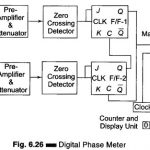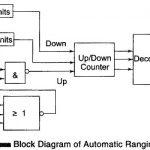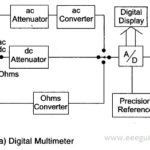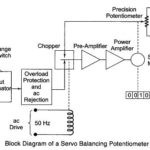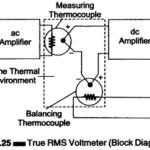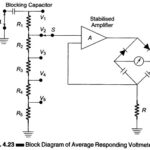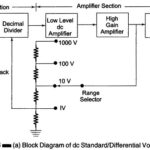Digital Phase Meter Block Diagram and Working Principle
Digital Phase Meter Block Diagram and Working Principle: Digital Phase Meter - The simplest technique to measure the phase difference between two signals employs two flip-flops. The signals to be…
